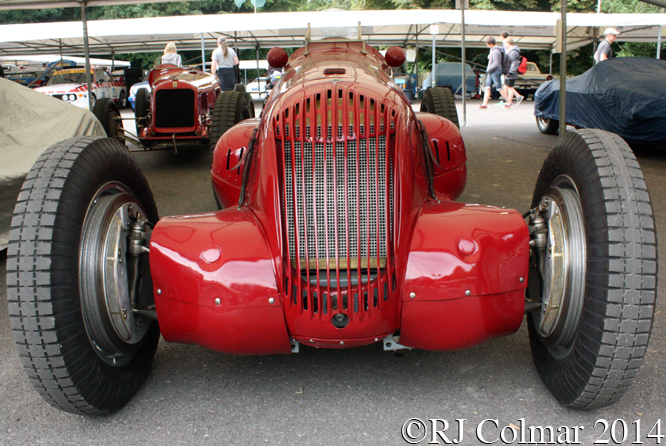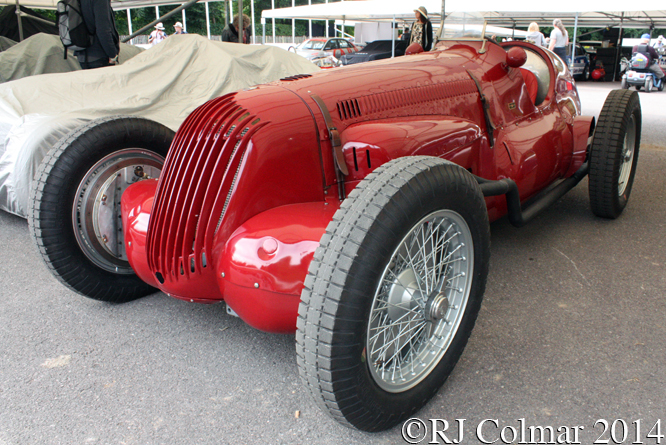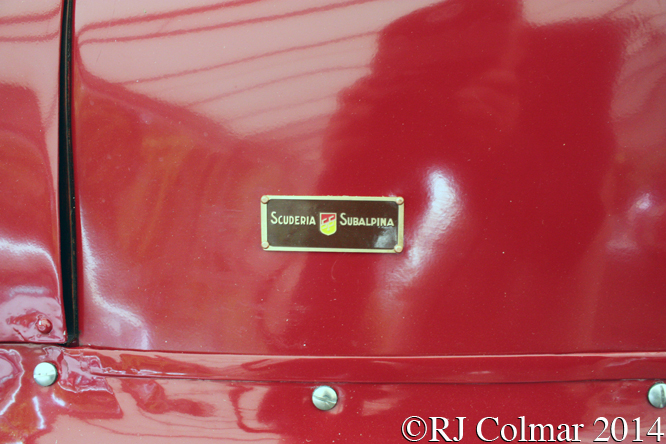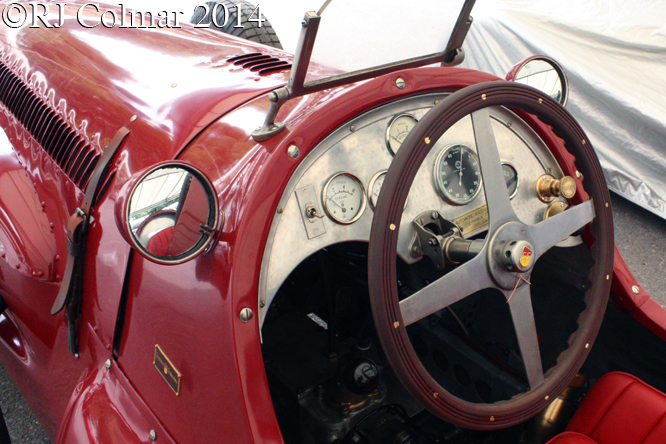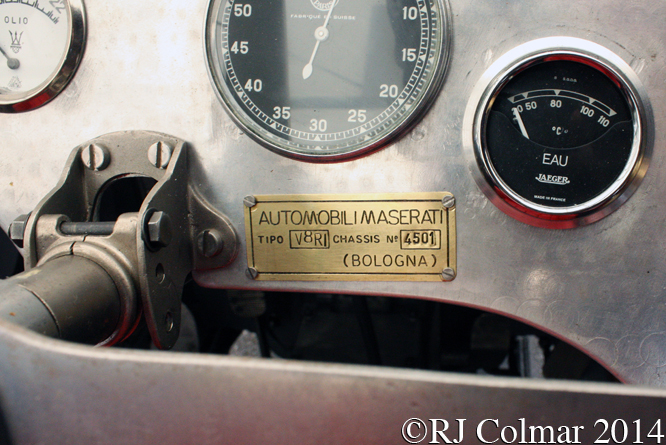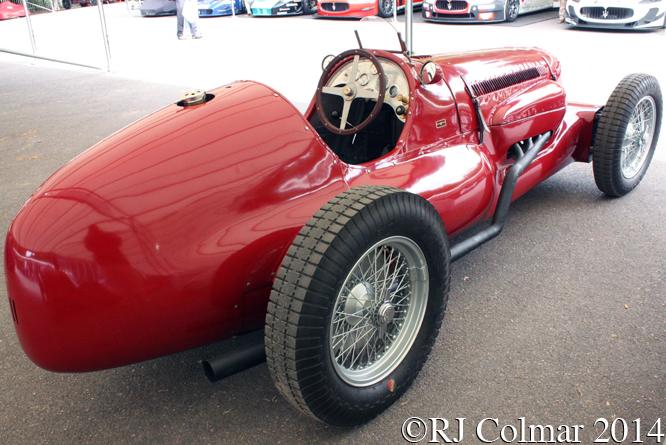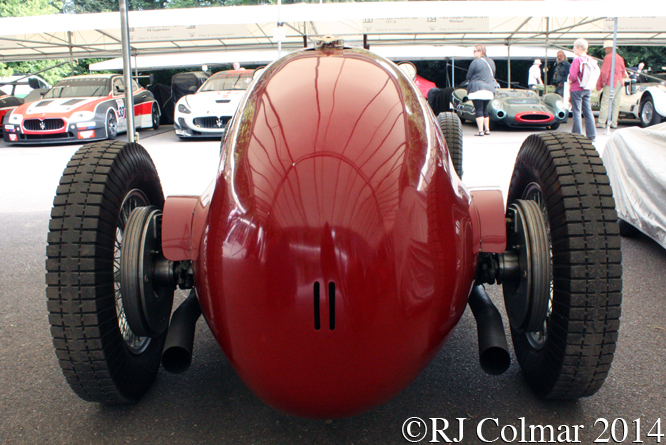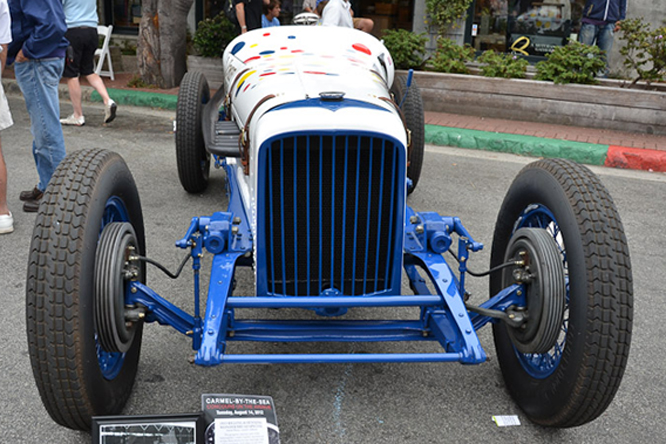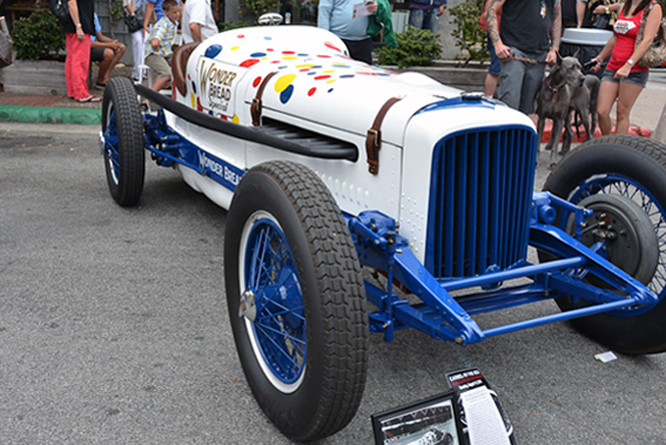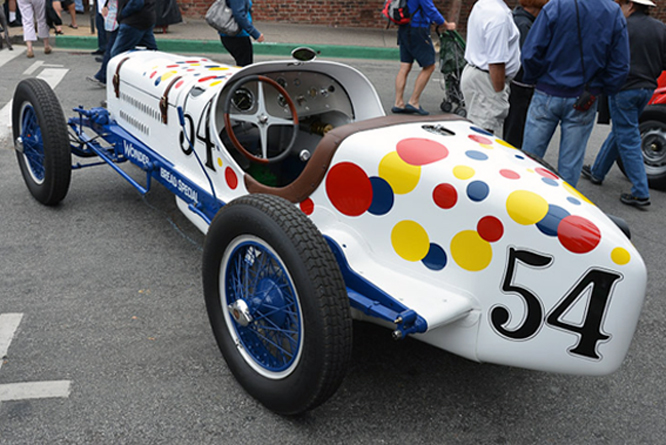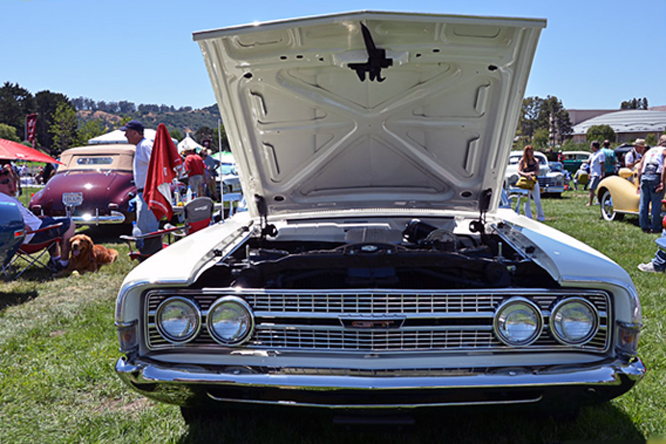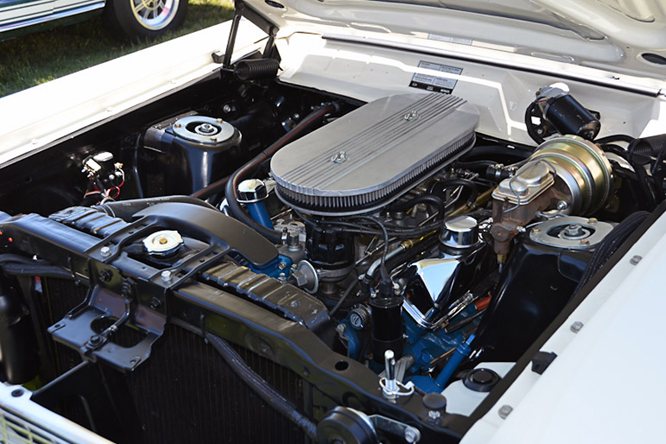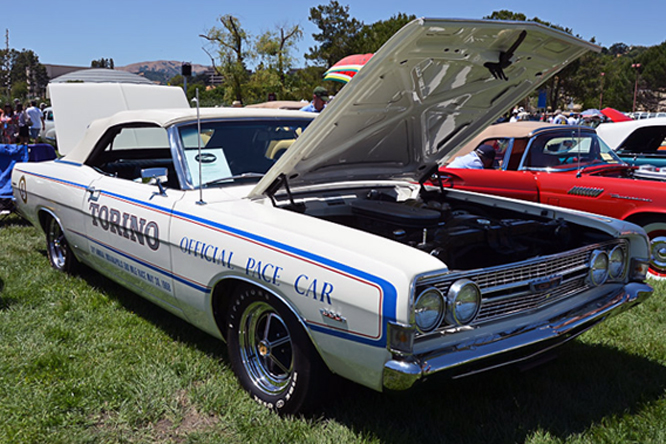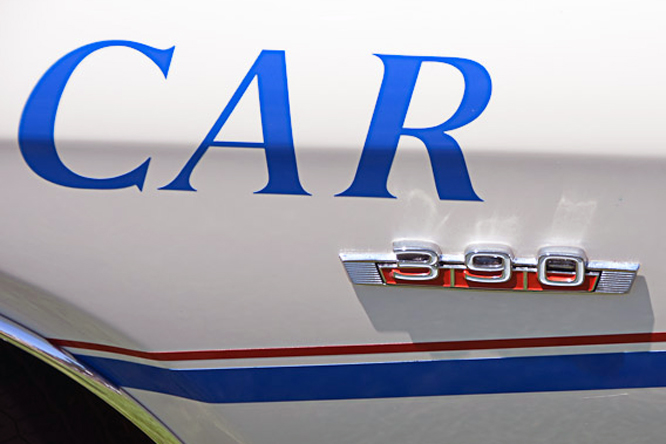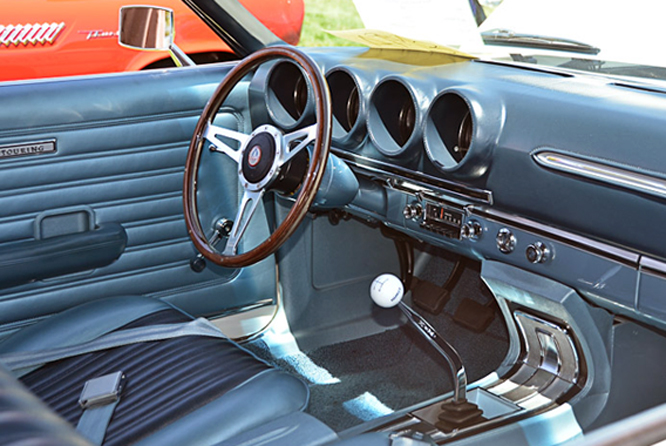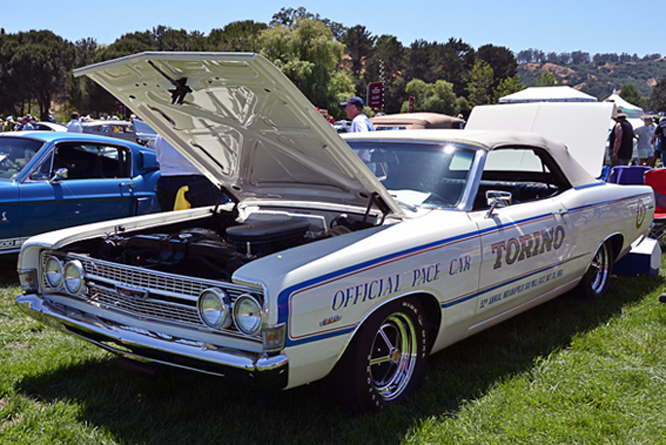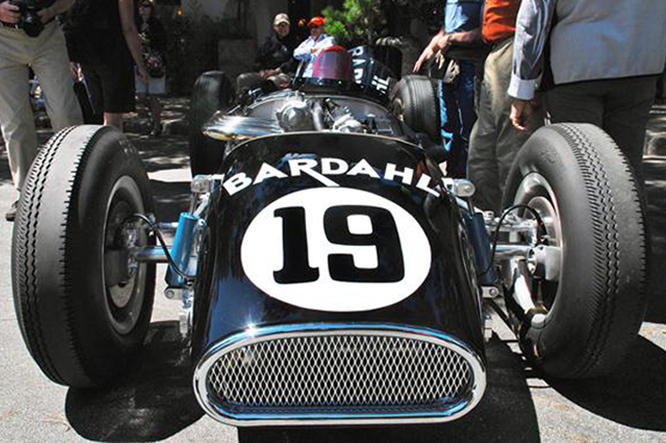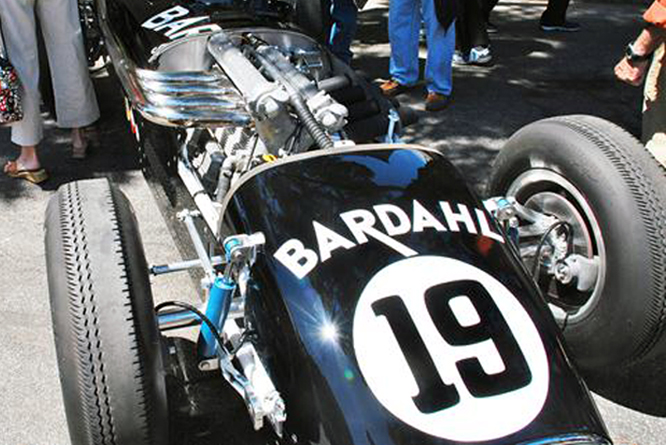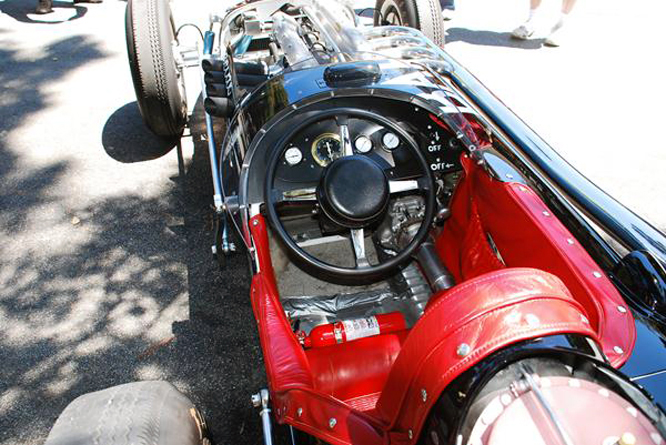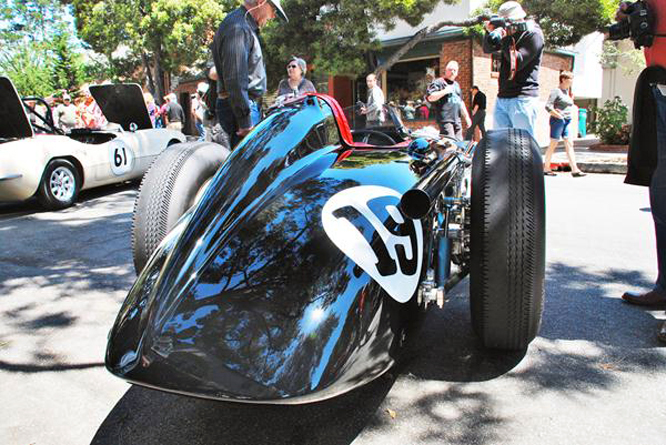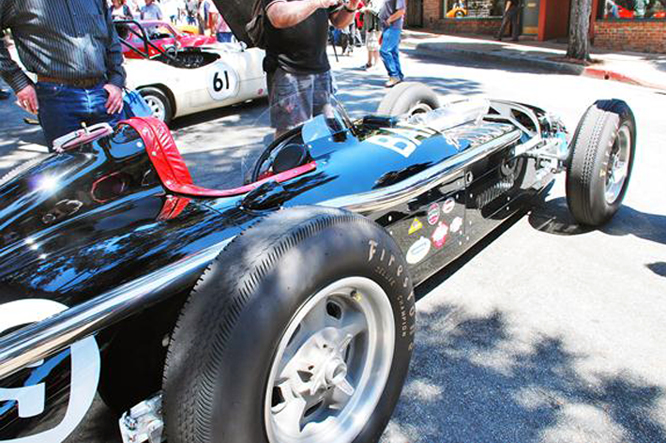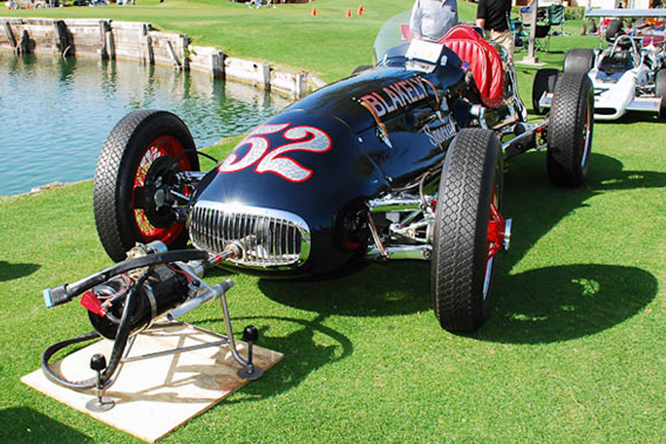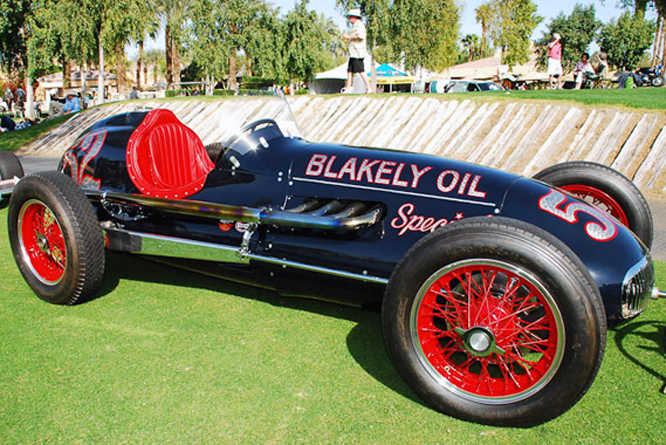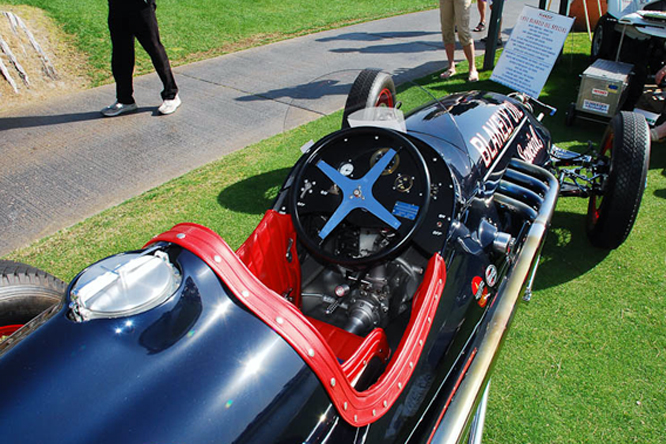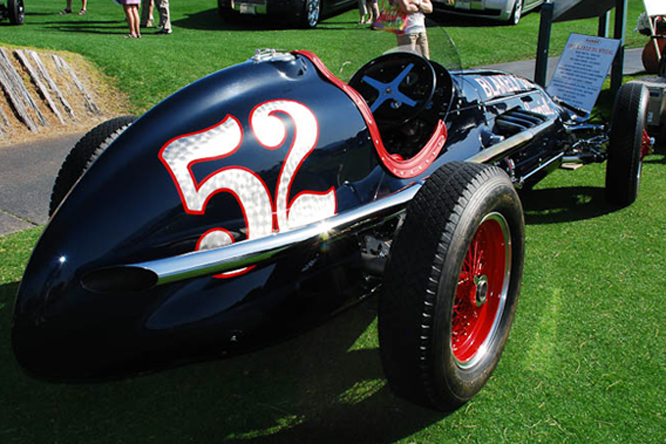On the back of their success with Jim Clark in 1965 Lotus took orders for two new Ford powered Lotus 38’s for the 1966 season, while the now STP Oil Treatment sponsored works Lotus team intended to use a new car powered by a 4.2 litre / 256 cui version of the fearsome BRM H16.
Lotus were busy preparing new cars for the new 3 litre era Formula One season and so they subcontracted the building of the chassis for these cars, ordered by Dean Van Lines and Sheraton Thompson to be driven by Mario Andretti and AJ Foyt respectively, out to Abbey Panels of Coventry, when it became apparent the BRM H16 would not be available a third Lotus 38 chassis was ordered from Abbey Panels for works driver Al Unser to drive.
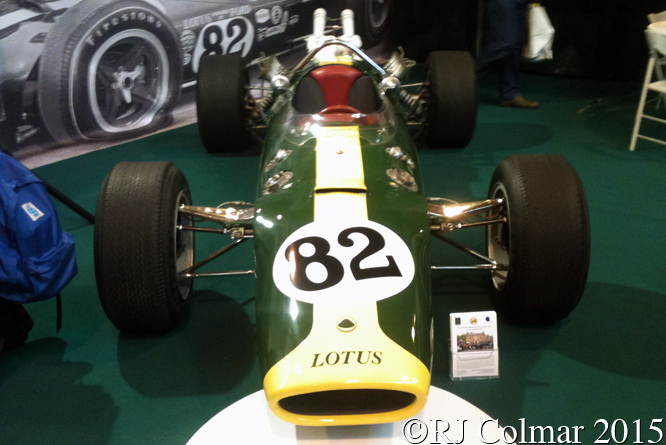
For reasons unknown Abbey Panels of Coventry built the three Lotus 38 chassis with regular aluminium instead of the high tensile alloy used to build the first four Lotus 38 chassis and as a consequence the “Soft Alloy Specials”, as they are unofficially dubbed, needed substantial strengthening to make them race worthy.
Mario only practiced his Dean Van Lines Lotus 38 and opted instead to race the Dean Van Lines Brawner Ford, AJ qualified his Sheraton Thompson/Anstead Lotus 38 18th after wrecking his Coyote only to wreck the Lotus in the opening lap meleé of the 1966 Indy 500.
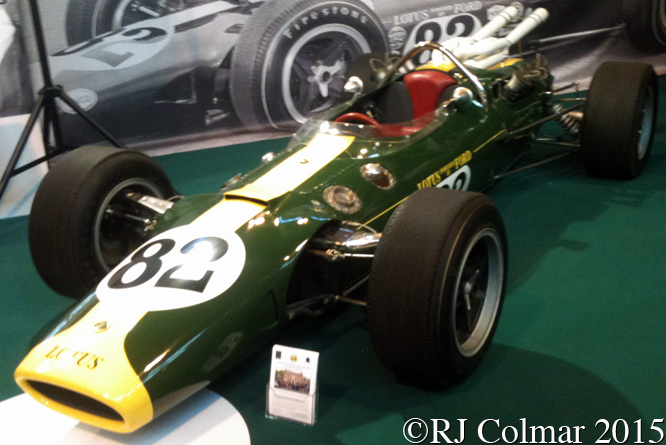
Al Unser meanwhile qualified #38/7 23rd and was classified 12th after crashing in turn 4, 39 laps short of the race full race distance.
Once it became apparent the BRM H16 would not be available for the 1967 Indy 500 Team Lotus hastily prepared two Lotus 38’s for ’65 winner / ’66 second place finisher Jim Clark and ’66 Indy 500 winner, aboard a Lola, Graham Hill.
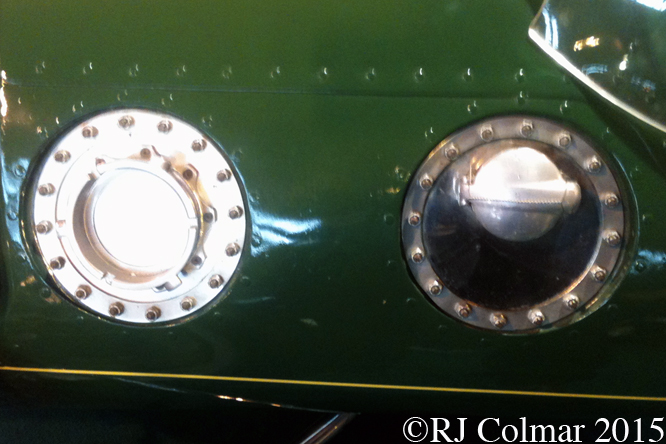
Jim was assigned #38/7, which had been “rebuilt” around a new chassis while Graham was given #38/8 and a Lotus 42F, intended for the BRM H16 motor, but fitted with the by now ubiquitous twin cam Ford.
After qualifying #38/7 16th Jim retired with a burned piston classified 31st after 35 laps, lasting 12 laps more than Graham who retired the faster Lotus 42F for exactly the same reason.
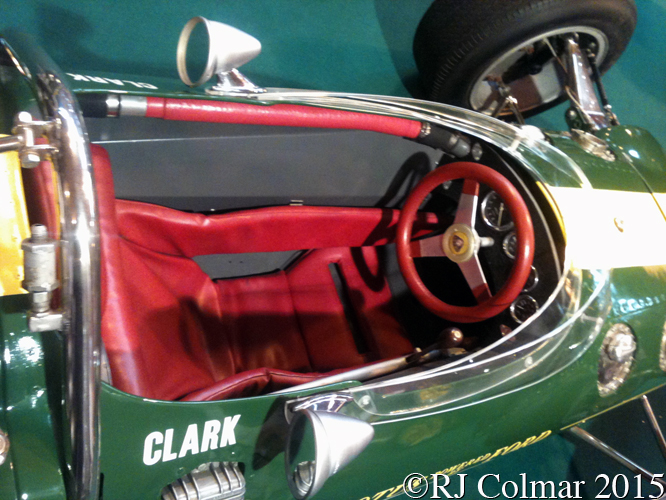
#38/7 became the subject of a legal dispute after Colin Chapman and mid west Lotus dealer Jim Spencer managed to sell the car to two parties.
After the dispute was settled Middleton M. Caruthers bought #38/7 and entered it for Wib Spalding into three events in 1969.
Wib only started on his third attempt at Continental Divide where he retired with a clutch problem that may have been responsible for his non starting earlier at Hanford and failure to qualify at Langhorne.
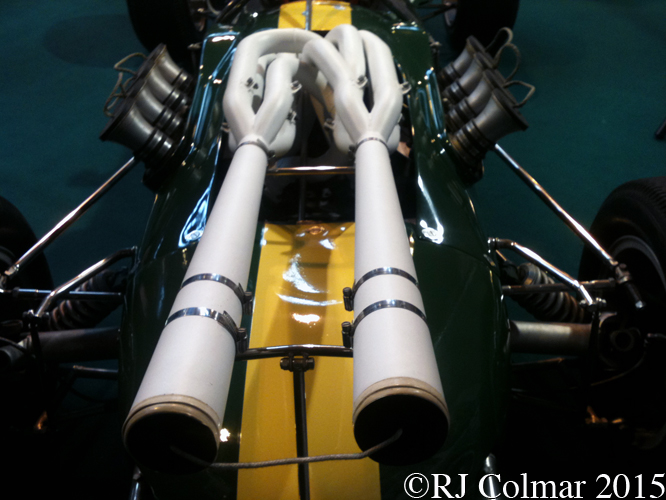
Until #38/7 appeared at the Autosport International, as seen in these photographs wearing the 1965 Jim Clark winners livery, the car was believed to have been residing with a collector in Japan.
Thanks for joining me on this “Soft Alloy Special” edition of “Gettin a Li’l psycho on tyres”, I hope you will join me again tomorrow for the start of a look at the first of next months 26 Le Mans racers. Don’t forget to come back now !


